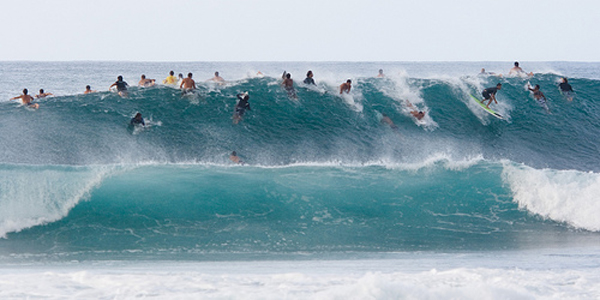
These days, a large number of people are showing interest in surfing. Thanks to technological advances which has made available advanced equipments, tows and abundant information available on the internet, a growing number of surfers are getting rides on incredibly powerful waves. What makes a wave dangerous? Is sheer size a correct indicator of how hazardous a surf spot is? Read on for our roundup of the top seven most dangerous waves in the world.
1. Cyclops (south coast of Western Australia)
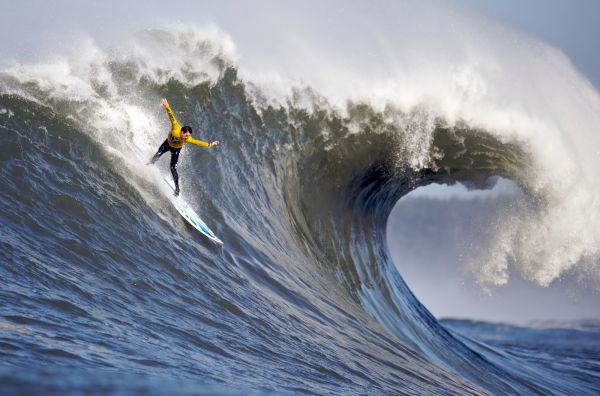
Cyclops, off the south coast of Western Australia, tops our list of gnarly waves. This one eyed monster from Australia is ultra square shaped and below the sea level. It is almost impossible for the surfers to find a spot in this wave. If the surfers blow a wave, then it is very risky as chances are high to be washed onto the dry rocks. Cyclops are not easily accessible to the paramedics either. Towing behind a jet ski is equally difficult.
2. Teahupoo (Tahiti)
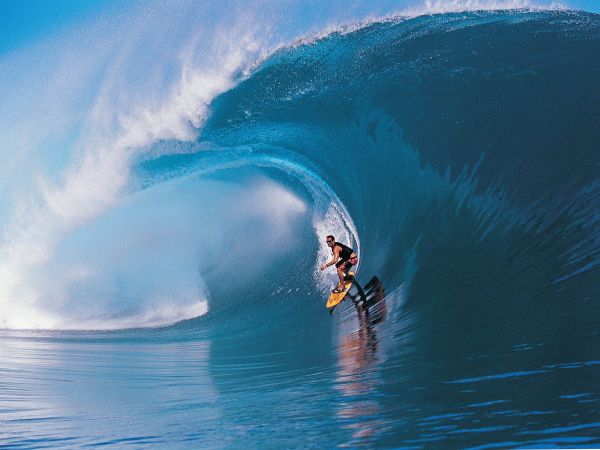
Teahupoo, in Tahiti, is considered one of the most challenging surf breaks as it’s wave is the thickest and heaviest in the world. This is created as the open ocean swelling hits the coral and throws forward an immense lip. The swell goes in excess of 10 feet and is so thick that sometimes it appears as if the ocean is folding itself. Teahupoo means ‘to sever the head’, which is apt for this deadly wave that has taken the life of a number of professional surfers.
3. Shipsterns (Tasmania, Australia)
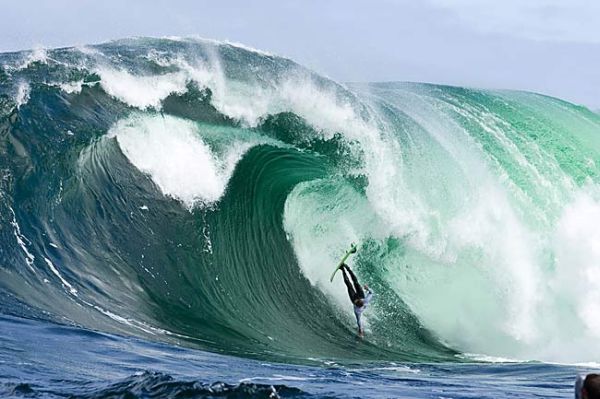
The spot gets its name from the raw Antarctic swells that come out of deep ocean and looks like a roaring right hander in front of the cliff. The wave has weird steps and bubbles due to the uneven reef making it look ugly even though it is set in a picturesque locale along the pristine Tasmanian coastline. The waves can even reach a range in excess of 25 feet.
4. Dungeons ( Cape Town, South Africa)
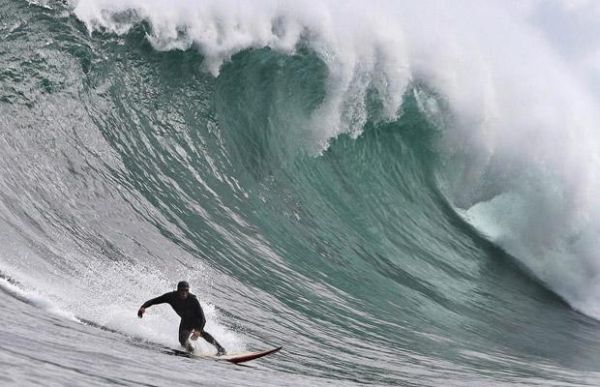
This wave spot is neither that shallow nor does it break in front of deadly boulders. It is still a risky spot as it is located in the tip of South Africa’s freezing southern ocean. The annual Big Wave Africa contest has been conducted here by the organizers since 1999 as the waves reach a height of 70 feet. If the wave heights of 70 feet was not danger enough, it is also a shark infested water making it deadly even for professionals.
5. Pipeline (Oahu, Hawaii)
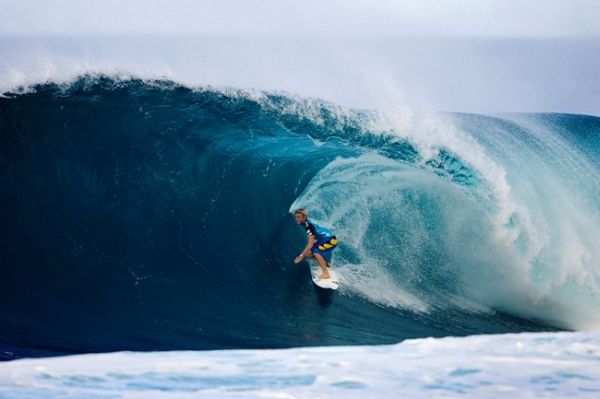
It is located in the north shore of Oahu, Hawaii. Pipeline gets its name because of the series of lava reef which makes the waves look like a round, barreling tubes. This Hawaiian surf spot is super heavy as it is full of bumps and trenches. Fall from the 12 feet lip can be deadly because the boards and even the body can get smashed in these trenches. It is a popular tourist spot and is always crowded with both amateur and pro surfers.
6. Desert point (Lombok, Indonesia)

This beautiful, picturesque left-hand point-breaking wave, breaks over the coral reef and is located in Lombok, Indonesia. It is a unique spot and on a fine day you can see some of the longest waves in the world. In fact, it is the best left breaking wave in the world and is strictly for professionals. But the waves are not consistent. Only after long periods of flat spells good consistent waves are seen. It is totally worth the wait as once it gets good, it is one of the best. Long, barreling hallow waves of Desert Point are ideal for a good surf. The disadvantage with this place is it is insanely crowded and there is no medical access in the vicinity.
7. The Cave (Ericeira, Portugal)
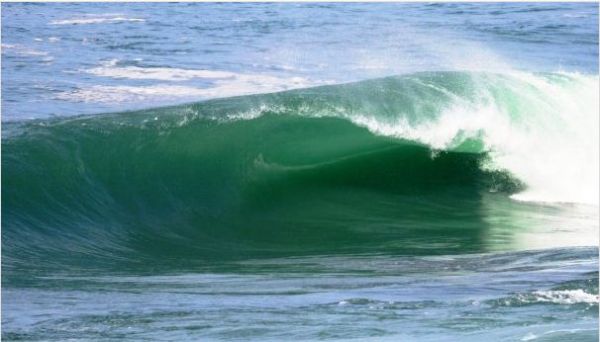
This ultimate and popular surfing destination of Europe is situated in the coast of Portugal. What makes this spot the favorite among many surfers is that the place is secluded and has a number of unexplored surfing spots. The entire coastline of Portugal has a lot of undiscovered surfing spots and Ericeira is well-known for its quality surf-spots. The Cave has all the characteristics of a dangerous wave with a shallow reef and a fine wave. It is also considered to be one of Europe’s heaviest waves.




